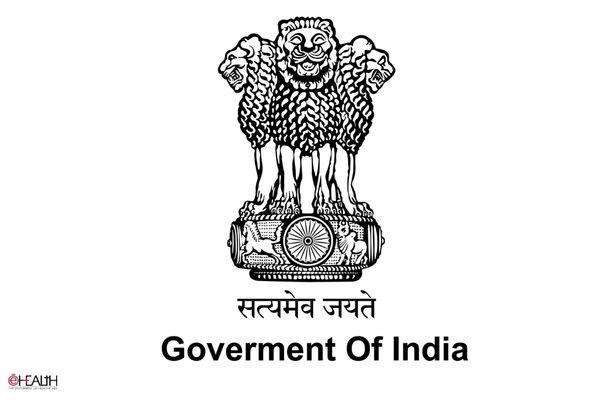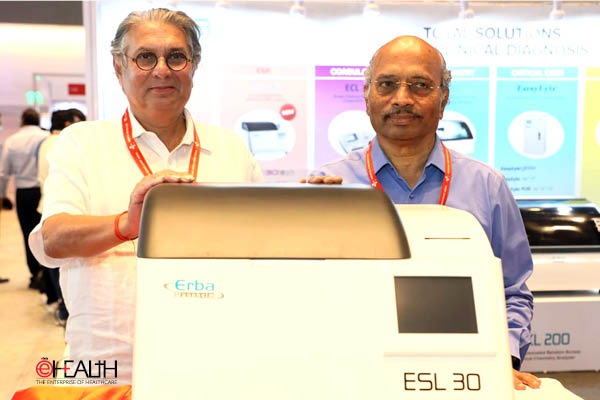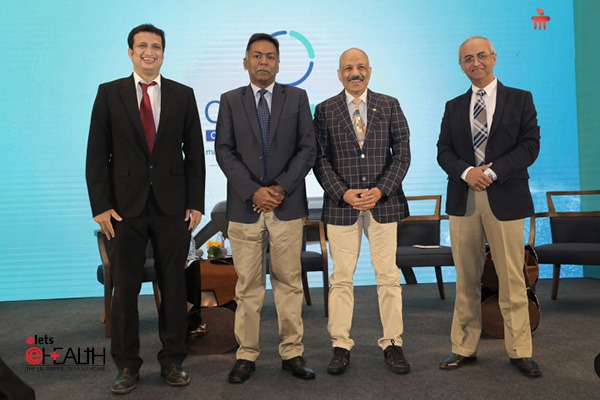
 Key to Increase Compliance in Patients with Chronic Disease and Reduce Cost of Treatment
Key to Increase Compliance in Patients with Chronic Disease and Reduce Cost of Treatment
The term Tele-Triage represents one of the Tele Health Services under the umbrella of e-Health. Tele-the compliance on the recommendations of a triage nurse of an After Hour Call Center 88% callers complied with the recommendations. The compliance was 20 times higher in case of parents with children less than 1 year of age. Approximately 10%-25% of the hospital admissions are a result of patients noncompliance with the drug regimen.

Tele-health is defined as the delivery of health related services and information via telecommunications technologies and falls under the umbrella term e-Health describing all the possible variations of healthcare delivery services using Information & Communication Technologies (ICT).
|
Why is Tele Triage needed? |
Due to widespread gaps between demand and supply of doctors, nurses and other healthcare facilities, a situation where health advice/consultation is needed but cannot be availed is quite prent in Indian rural healthcare scenario. This is due to shortage of healthcare professionals or the time when it is needed, cost of consultation or the cost to reach for consultation because of loss of wages or unaffordable transportation cost.

|
Tele-health is defined as the delivery of health related services and information via telecommunications technologies and falls under the umbrella term e-Health describing all the possible variations of healthcare delivery services using Information & Communication Technologies (ICT). |
Problem statement
It would not be incorrect to say that India is fast becoming chronic capital of the world with more than 53% of the total deaths due to chronic diseases including diabetes, cancer, cardiovascular and respiratory diseases. According to the recent findings published by The International Diabetes Federation it is revealed that in 2007, India has topped the chart with the highest number of diabetics (40.9 million) in the world. The scenario is very similar for other chronic diseases as well. Non-compliance is a global problem with estimates in US alone approachingmore than $ 290 billion dollars in treatments of non -compliant patients4with more than 20% not even filling their prescriptions.
The cost of treating chronic disease patients due to remissions, relapses and complications is skyrocketing. Several studies have proved that majority of these additional cost can be attributed to non-adherence to the drug regimen and the complications arising out of non-compliance. These complications further add to the psychological and pathological problems as well. It affects the quality of life, increases the duration of treatment and in- patient stay and spending valuable healthcare resources which in turn could have been used for real needy patients.
The consequence of poor adherence to long- term therapies are poor health and increased healthcare costs
|
Adherence to long term therapies Evidence for Action (WHO).
|
Overview of Benefits
Due to limited penetration and acceptance, limited information is available in favor of clinical
andfinancial impact of Tele Triage Services. It is a unique health caredelivery mechanism to enhance patient compliance and reduced cost of treatments of chronic diseases. This is achieved by efficient compliance using Tele Triage Model.This is very helpful especially for developing nations in bridging the gaps between needs and the available healthcare infrastructure. Triage nurse can assist chronic disease patients by providing education, counseling, review and monitoringhealth status between routine consultations. The process can even ensure to remind patients of their du appointments for consultations and investigations. In addition an automated SMS and telephone reminder increases the likelihood of patients keeping their appointments and adhering to prescribed medication schedules. Such minor yet significant improvements in care protocols and automation of administrative process hold great potential of cost savings and increasedcompliance.
Clinical benefits
Several studies support the evidence that telephone based interventions by a trained triage nurse improves the outcome in patients of chronic disease. The clinical benefits are derived indirectly by improved patient compliance with the medication, investigation and follow up appointments with the physicians. In a study, patients who are contacted and educated by triage nurse on the consequences of uncontrolled diabetes or hypertension and the impact of compliance followed the advice conscientiously.
Major Complications in case of diabetes type 1 & 2 are microvascular and accelerated arthrosclerosis, respectively. Coronary heart disease (CHD) being the most common macrovascular complication can be reduced by strict glycemic control. Hyperglycemia, as per several studies, has been linked with the increased risk of CHD. 1% change in glycosylated hemoglobin (HbA1c) has been reported to increase a 10% change in risk of CHD. In another 10 years study,The Diabetes Control and Complications Trial (DCCT) proved that controlled blood glucose level not only reduces the onset but slows the progression of eyes, kidneys and nerve damage. According to DCCT findings, the risks of the kidney, nerve and eye diseases are reduced by 50%, 60% and 70% respectively. In a study to investigate the effectiveness of nurse led telephone follow up on glycemic control of compliance with diabetes control recommendations. The report suggests that a nurse telephone support may improve glycemic control and enhance compliance with other recommendations including diet, exercise, medications etc. In another study of post discharged telephonic interaction with asthma patients to address questions on medications, advice, and outpatient appointment follow up. The report suggested a significant increase in adherence to outpatient follow up appointment. It results in reduced number of re-hospitalizations and reduced number of emergency visits, saving thousands of dollars per patient.
Financial benefits
The financial benefits from Tele Triage are derived both due to direct and indirect impact of the service. The direct benefits are attributed to reduced complications of an existing disease because of strict patient compliance with the regimen. This in turn can reduce the cost of treating the complications because of primary diagnosis. While the indirect benefits are attributed to services like SMS reminder for medications, investigations and follow up appointments for consultations. The education and counseling provided by triage nurse further reinforces the patient compliance and adds to financial benefit.
Though some of the research studies may not provide strong evidence in favor of a positive economic impact of Tele Triage Service, there are many studies that offer evidence in favor of significant financial benefits. The cost of offering similar service varies from one nation to another based on the resource availability and its utilization. In a study by the Canadian CoordinatingOffice for Health Technology Assessment (CCOHTA) the cost of Tele Triage Service for everycall range from $10 to $ 27. It is not recommended to compare the cost per call and economic impact of Tele Triage between developed & developing nations for obvious reasons.
There are several factors that determine the cost of a healthcare service in global healthcare scenario and the same differs from one geography to another. The economic impact assessment of Tele Triage Service in most of the 3rd world nations can be measured on parameters like doctor: population ratio and availability of healthcare infrastructure while similar economic impact assessment will have a completely different output and cost of healthcare service delivery per patient in developed world.
Conclusion
Tele Triage represents a unique component of a comprehensive platform for patient communication. It has clearly shown the potential to increase compliance and reduce cost of treatments in cases of chronic diseases. Its benefits depend upon the model, approach and structure to exploit its true potential. It can improve chronic disease management and its outcome, if the program is well designed, targets specific population sets clear achievable goals and closely monitors the progress.
Tele Triage has shown promises to fill the service delivery cavity with surging pressure of high traditional healthcare delivery cost. Healthcare organizations, state and central government will implement the Tele Triage program to fill the gaps between rural healthcare demands and available infrastructure including resources and to introduce supervision and monitoring of chronic disease management program.
| About AuthorDr. Nitin Verma (VP- mHealth at HealthFore) leads the Tele Triage Practice. He has 18+ years of experience in IT & Healthcare Domain. A qualified M.B.B.S, MS professional with experience on Healthcare Product Development, Consulting, Regulatory Compliance, Pre-Sales, Business Development and Pharmacy Benefit & Claims Management. He has spearheaded several healthcare initiatives in various states of India. He is one of the key architects involved in design, development and deployment of many solutions for the Health Management & Research Institute (HMRI) enabling healthcare delivery to 42 million underserved rural populations in Andhra Pradesh (India) |
Be a part of Elets Collaborative Initiatives. Join Us for Upcoming Events and explore business opportunities. Like us on Facebook , connect with us on LinkedIn and follow us on Twitter , Instagram.












